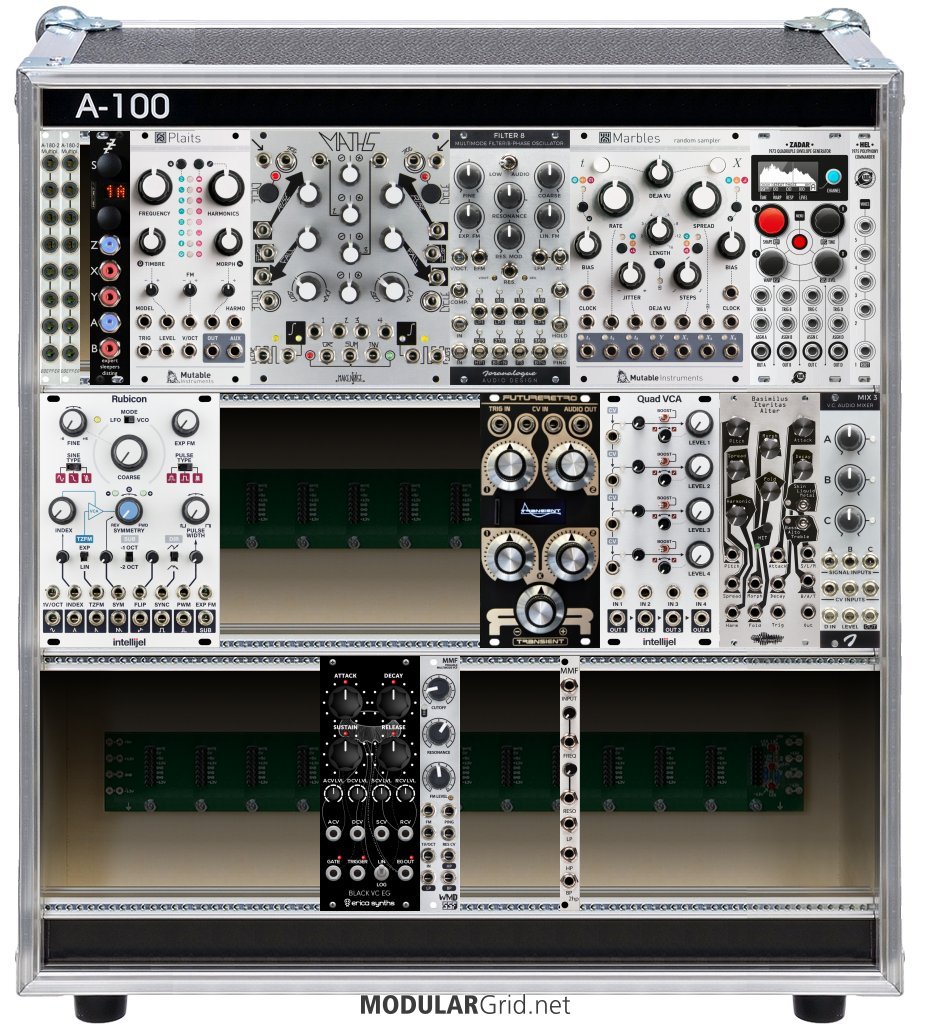Hmmmm...filters. A few that I think are interesting, have a great deal of "abuse potential":
Doepfer A-106-1: this is based on the Korg MS-20 filter pair, but with some extra tricks and the downright evil inclusion of an insert point in the resonance foldback path.
Limaflo Motomouth: bizarre modelled formant filter with morphing capabilities.
Epoch TwinPeak: what it sounds like...a Rob Hordijk design that incorporates aspects of filtering and wavefolding. Massive abuse potential here.
DinSync Sara VCF: another dual VCF scheme, this time with "opposed cores" in which all sorts of strange resonances can be pulled out due to the interference of the VCFs.
Tiptop Forbidden Planet: Tiptop's take on a Nyle Steiner design. It acts quite a bit from what I've heard of it like the Synthacon VCF...gritty, punchy, very capable of tearing your ears off when in self-resonance. Quite a good "everyday" filter, too.
Intellijel Morgasmatron: Intellijel's MS-20 pair version, with loads of modulation/routing possibilities, more modes, etc. More, basically.
Make Noise QPAS: currently, the stereo VCF extraordinaire.
SSF Stereo Dipole: the other stereo VCF extraordinaire. More like a relative of the TwinPeak above, but with more complexity, stereo signal path.
Mind you, a filter isn't 100% necessary to color signals. Some potent waveshapers also have quite a bit of capability in this as well, and it's worth noting that Don Buchla's original "Buchla Boxes" didn't have proper filters as we know them today. It's from Don's work that we have the VCA/LPF combo known as the "Low-Pass Gate" as a timbral (and dynamic) shaper, but his synths also relied heavily on waveshaping, FM, and the like to arrive at complex timbres. My Davolisint doesn't have a filter either...but that's something else entirely. ;)


